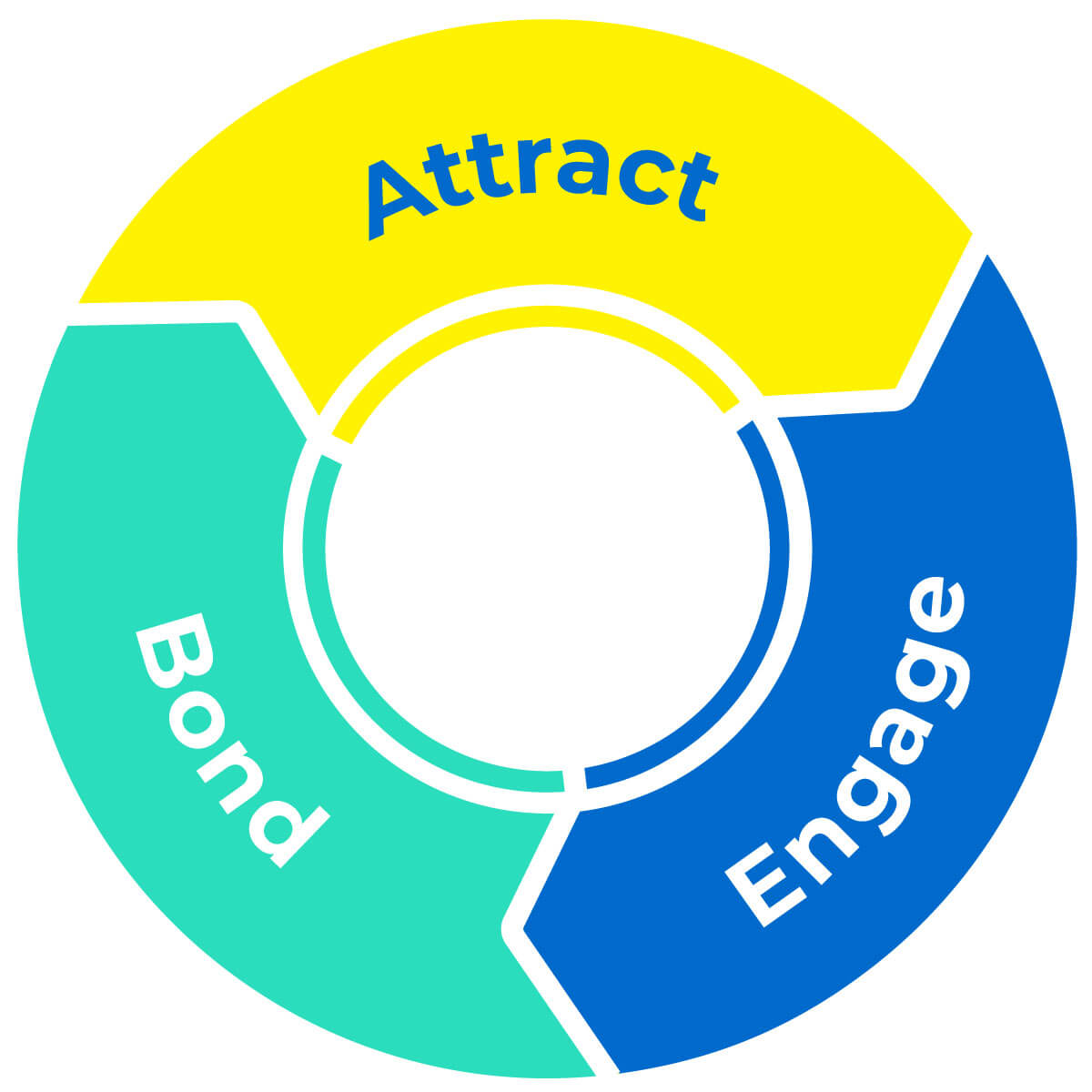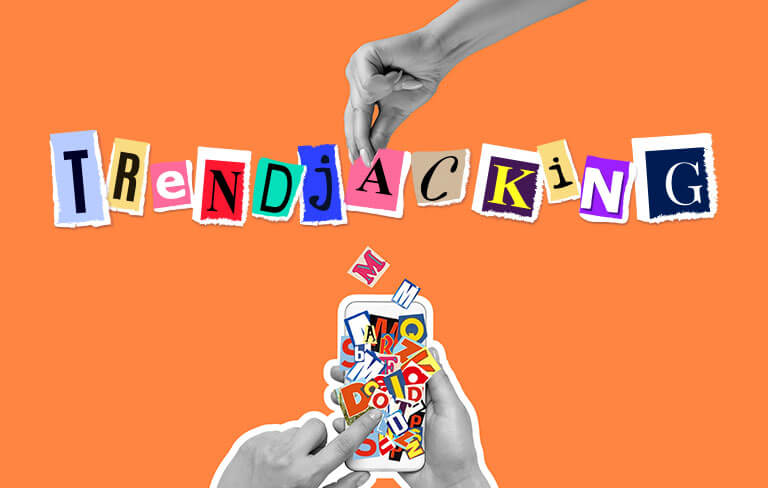What is Inbound marketing?
Inbound marketing is a business methodology that attracts customers’ attention by creating valuable content and experiences tailored to them. Examples of value-adding content include useful tips and life-hacks, how-to-guides, product reviews, customer testimonials, and promotions or discounts. These content can be delivered through various channels, such as social media, Electronic Direct Mail (eDM), search engine optimization (SEO), blogs etc.
The inbound marketing method helps grow your organization by building long term and meaningful relationships with consumers, prospects, and customers. It’s about value-adding and empowering these people to reach their goals at any stage in their journey with your brand.
How does Inbound Marketing Works
We currently live in a society with a huge amount of data and information where more than 2.5 quintillion bytes of data are created daily on the internet. With so much information at our fingertips, consumers are empowered to make rational decisions on products or services. Meanwhile, social media acts as a tool to encourage them to share and make comparisons, while mobile devices add a wherever/whenever dimension to every aspect of the experience.
Inbound Marketing is a powerful technique because you have the control to give the consumers exactly what answers or solutions, they are looking for at the exact point that they need. This helps to build brand awareness and reputation.
Inbound Marketing methodology is done with the following three steps:

Attract: Firstly, you need to understand your consumers to curate valuable content and conversations tailored to them. This is to spark their interest and make them want to engage with your brand.
Engage: By understanding the consumer’s pain points, your brand needs to present insights and be their solution provider to build relationships and connect with them. They will be more likely to consider your brand and purchase your product/services.
Bond: Empower your customers by providing help and support after their purchase. When the customers are happy with your product/service, this will help generate word-of-mouth and referral.
Inbound marketing trends your brand should consider:
Shift From Desktop To Mobile-First Search
For most users, the process of discoverability and awareness process starts with mobile. Desktop searches are usually almost dead over the weekends and after working hours when people are more glued and responsive to their mobile devices. More and more businesses are investing in making their websites mobile-friendly. Mobile-friendly isn’t just a forward-thinking anymore, but a basic standard.
Content Marketing From A SEO Perspective
Content discoverability is crucial to inbound marketing and is predominantly driven by Google search in Asia. In 2017, 66% of marketers in Asia has shifted their first priority to growing their organic presence and many brands are continuing to invest in content creation.
Using effective keywords and a well-structured site design may push your brand to the top of the search results. This ensures that your content is being seen by the right audience at the right time which helps bring in the right leads.
Email Is The Preferred Marketing Channel In Southeast Asia
Brands spend most of the time creating the right messaging for the customers. Effective communication is important to build trust and convert prospects into customers.
Emails are still the most preferred mode of communication channel in Southeast Asia. Most millennials prefer emails over phone calls and as it gives them more freedom of time. Apart from that, they are more open in providing information as long as no one calls them and they prefer to learn about the product/ service at their own pace.
In this fast-paced society, our daily decisions are now shaped by the Internet and social networking. Consumers are exposed to more information than ever. This phenomenon does not only make them more educated but also causing a behaviour change in their purchase decisions. As a result, marketers need to adjust and adapt to respond to this shift.
Not sure where to start? Let us help you and be part of your journey!





